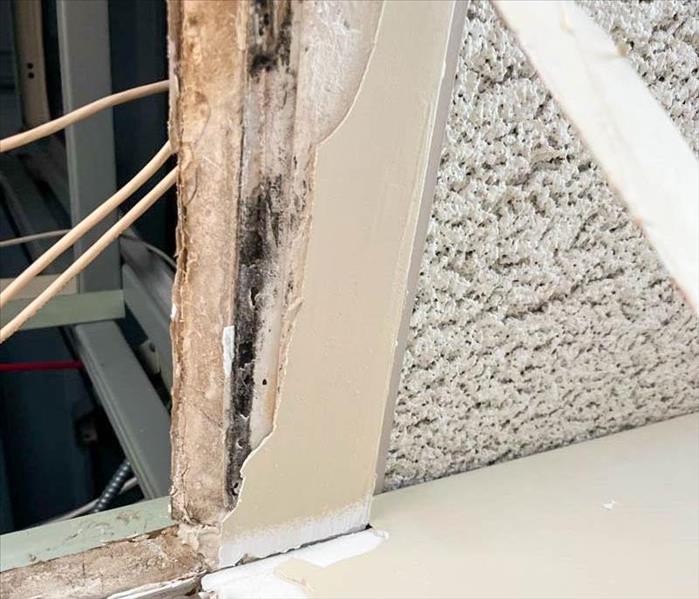How Mold and Fire Damage Restoration Interconnect
11/20/2023 (Permalink)
In today's blog, we will explore an important topic that may be unfamiliar to many: the interconnection between mold and fire damage restoration. Understanding this connection is crucial for homeowners and property managers to effectively address both issues and ensure the complete restoration of their properties. So, let's dive into how mold and fire damage restoration go hand in hand.
1. Mold Growth as a Result of Fire Damage
When a property experiences a fire, the aftermath brings a host of challenges, including water damage from firefighting efforts. Moisture, combined with the remaining heat and organic materials, creates a favorable environment for mold growth. We'll discuss how fire damage can lead to mold development and provide guidance on detecting and addressing mold growth during the restoration process.
2. Restoring a Fire-Damaged Property to Prevent Mold Infestation
Efficient and thorough fire damage restoration is the crucial first step in preventing mold infestation. The process involves several key steps, including:
- Cleanup: Removing debris, charred materials, and residues is essential to eliminate the environment that fosters mold growth.
- Water Extraction and Drying: Residual water from firefighting efforts needs to be promptly extracted, followed by thorough drying to prevent lingering moisture that would contribute to mold growth.
- Structural Assessment: Evaluating the structural integrity of the property is crucial, ensuring any compromised areas or materials are identified and addressed.
- Odor Removal: Lingering smoke and odors can indicate hidden damage and should be thoroughly addressed to prevent further issues.
3. Addressing Mold Contamination During Fire Damage Restoration
If mold is discovered during the fire damage restoration process, specialized techniques are required to handle the situation effectively. We'll delve into the strategies and protocols utilized by SERVPRO® professionals to identify, contain, and remediate mold contamination while concurrently restoring fire-damaged areas. By understanding how mold removal intertwines with fire damage restoration, readers will be better equipped to tackle both challenges simultaneously.
4. Preventative Measures for Mold and Fire Damage Restoration
Prevention is always better than restoration. We'll provide practical tips and best practices for homeowners to minimize the risk of mold growth and fire incidents in their properties. From regular inspections to proper ventilation and early detection devices, our advice will assist readers in safeguarding their homes against potential mold and fire damage.
As a Minneapolis resident, being aware of the connection between mold and fire damage restoration is paramount for effectively addressing these issues. By understanding this interconnection, homeowners and property managers can navigate the restoration process efficiently, ensuring comprehensive restoration while minimizing the risk of mold infestation. At SERVPRO® of Northeast Minneapolis, we're committed to providing the knowledge and expert services necessary to assist property owners in their restoration journey. If you require professional assistance, please don't hesitate to contact us. Stay proactive, stay safe!





 24/7 Emergency Service
24/7 Emergency Service
